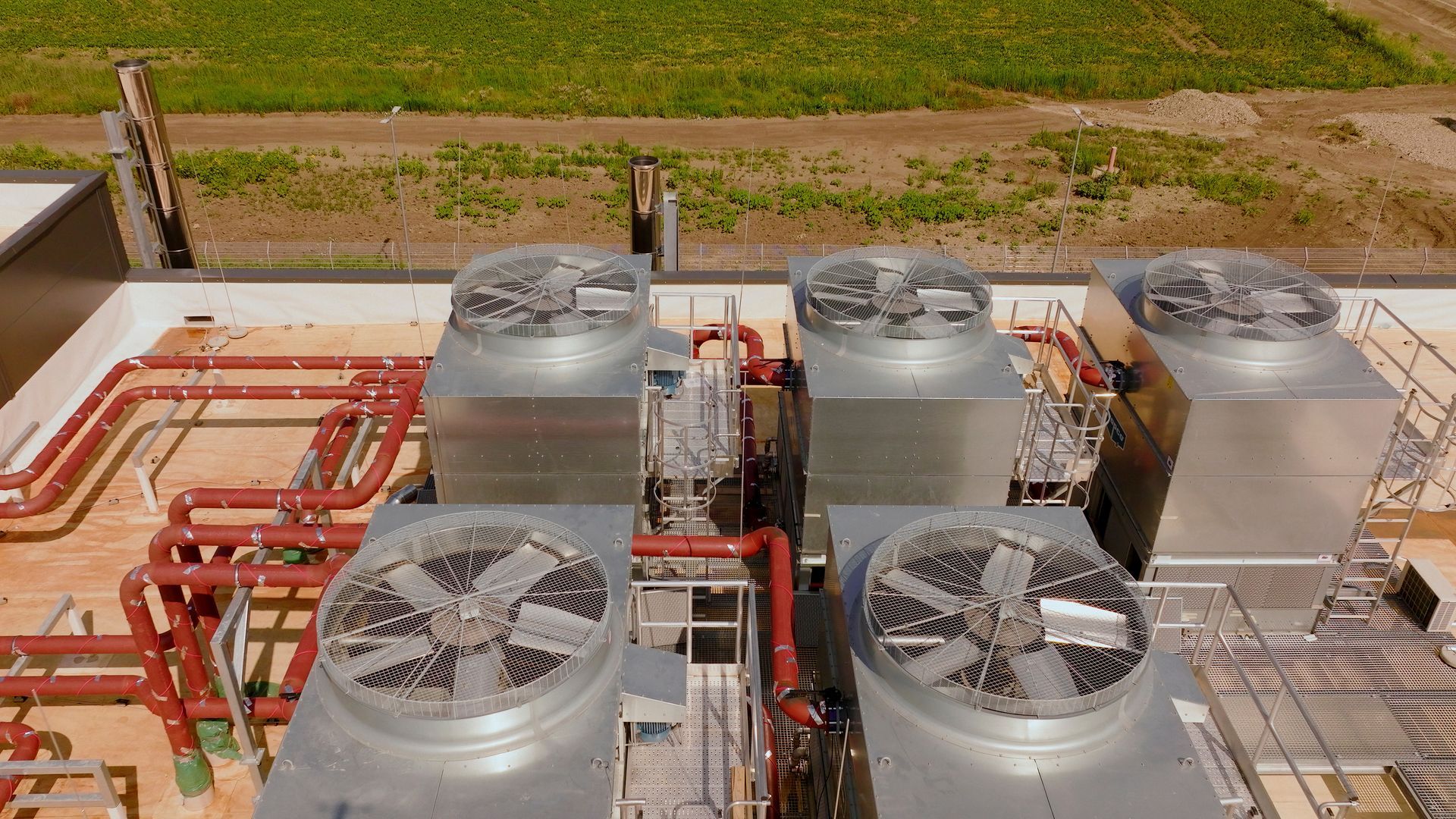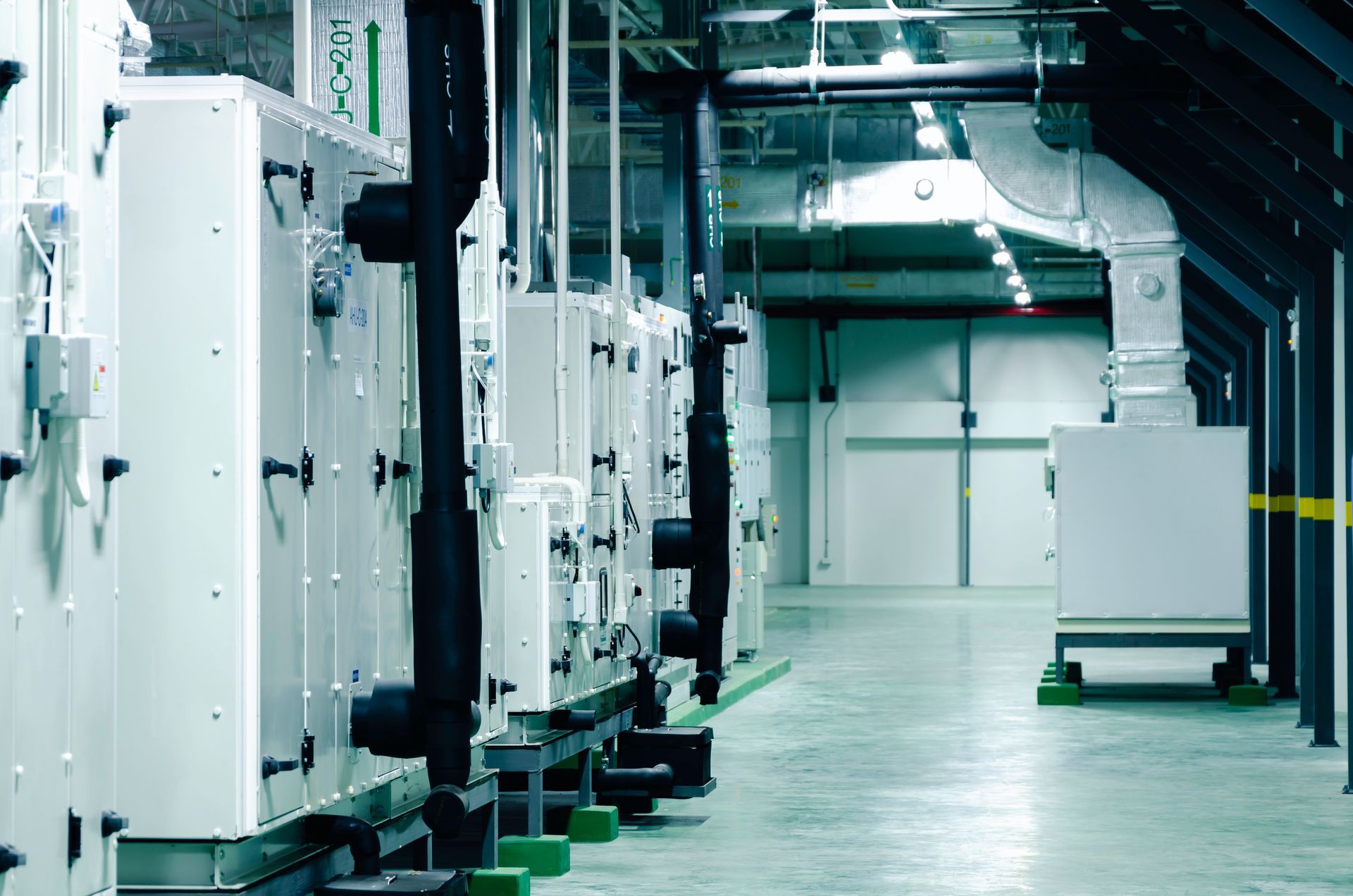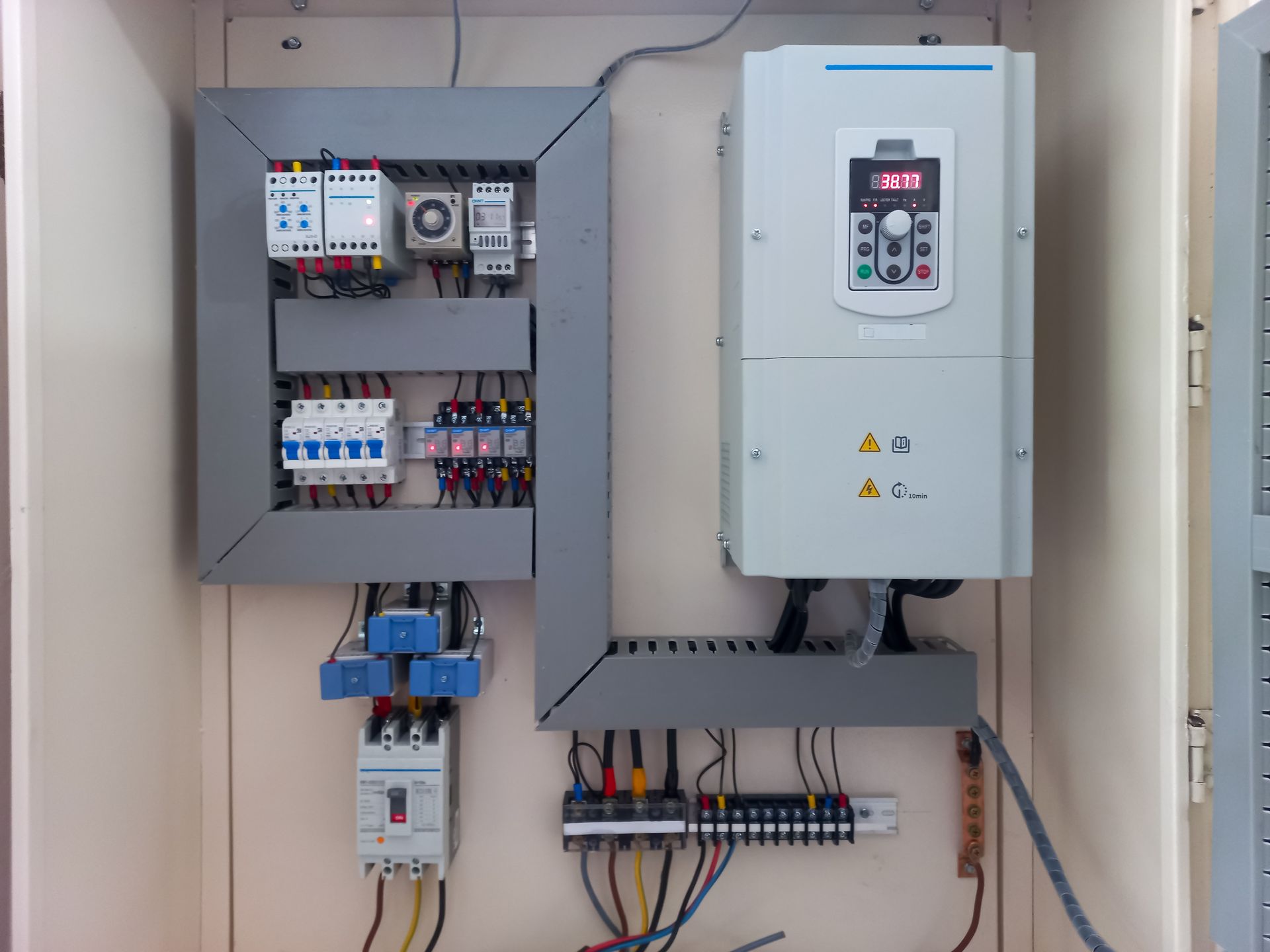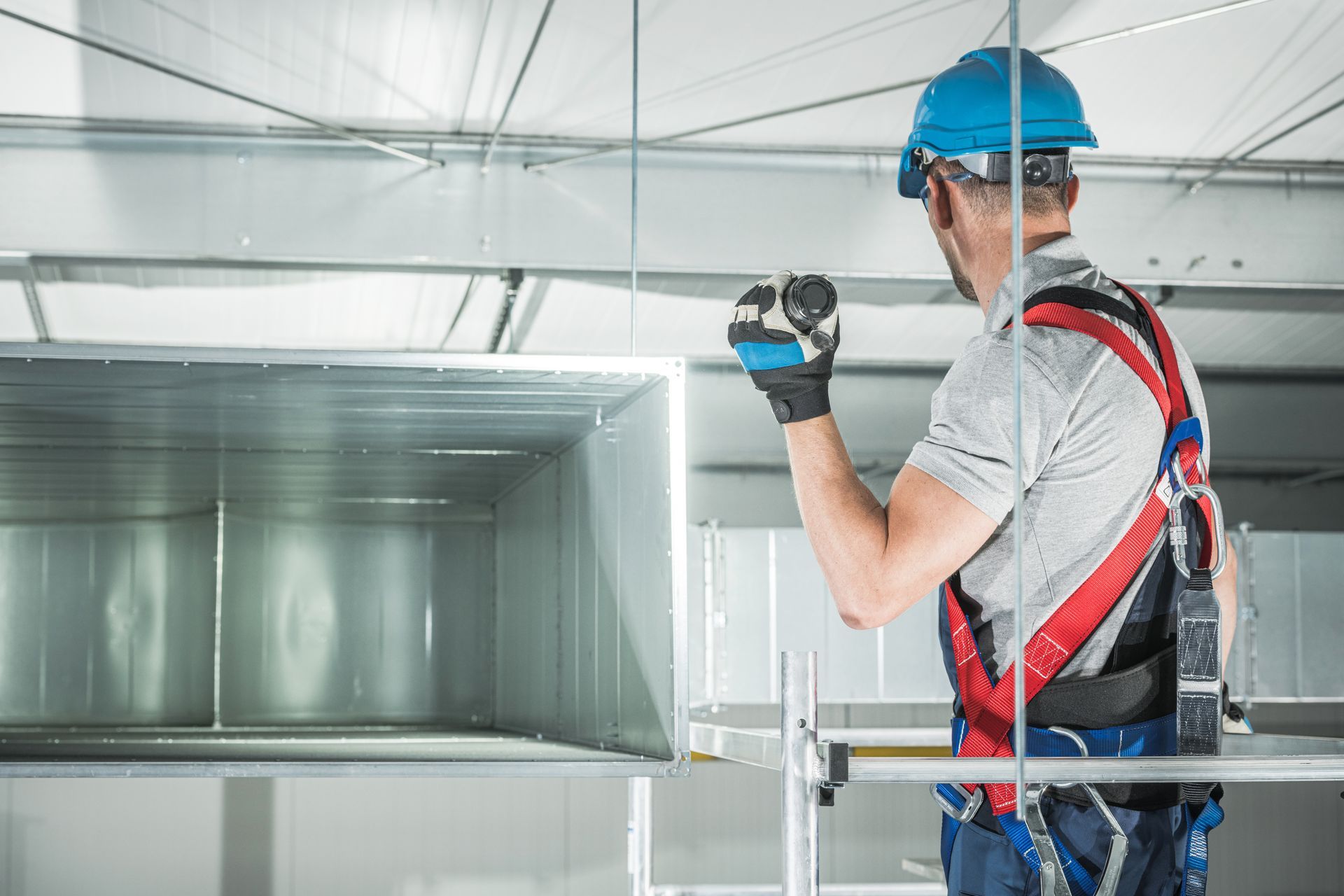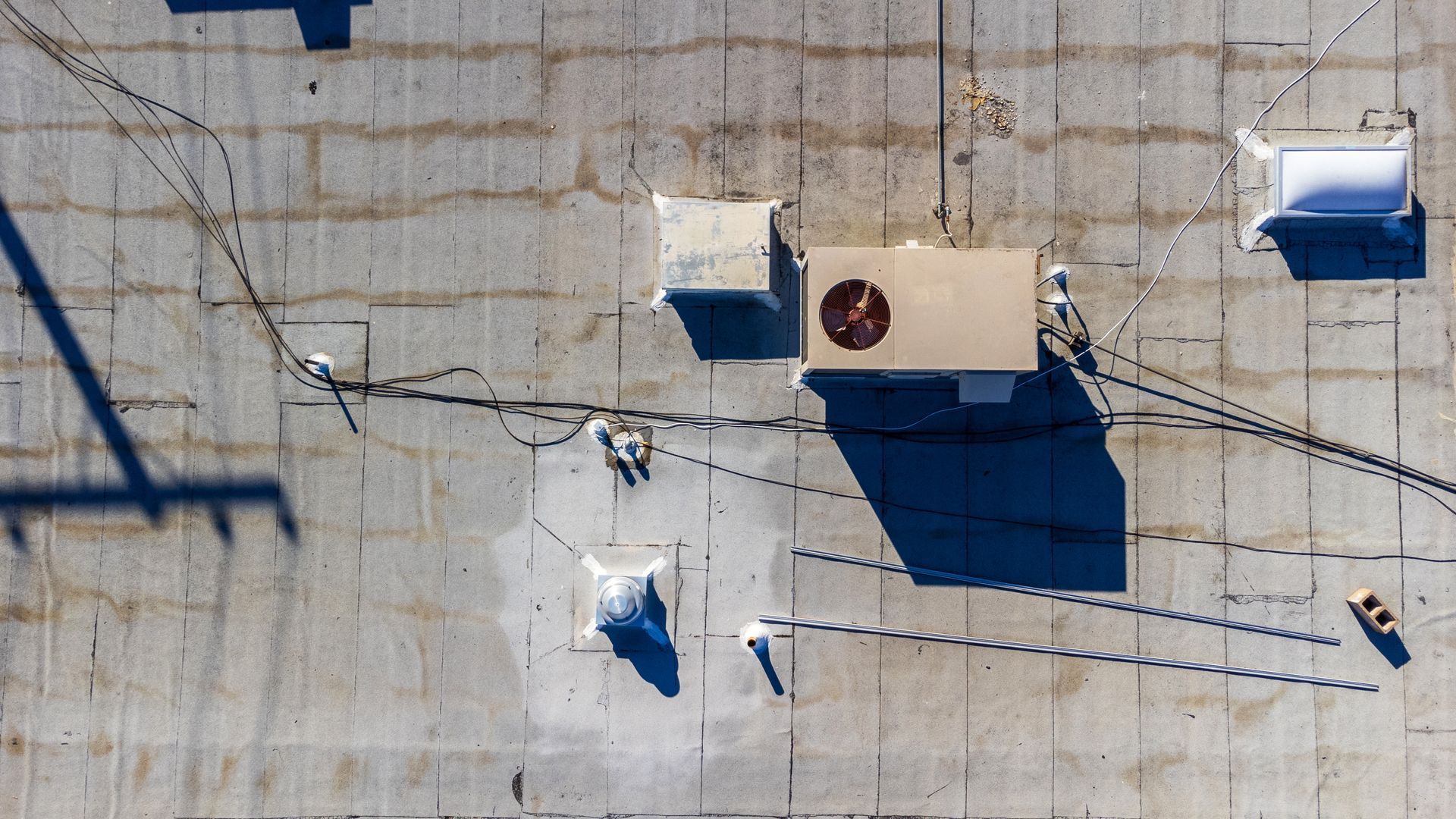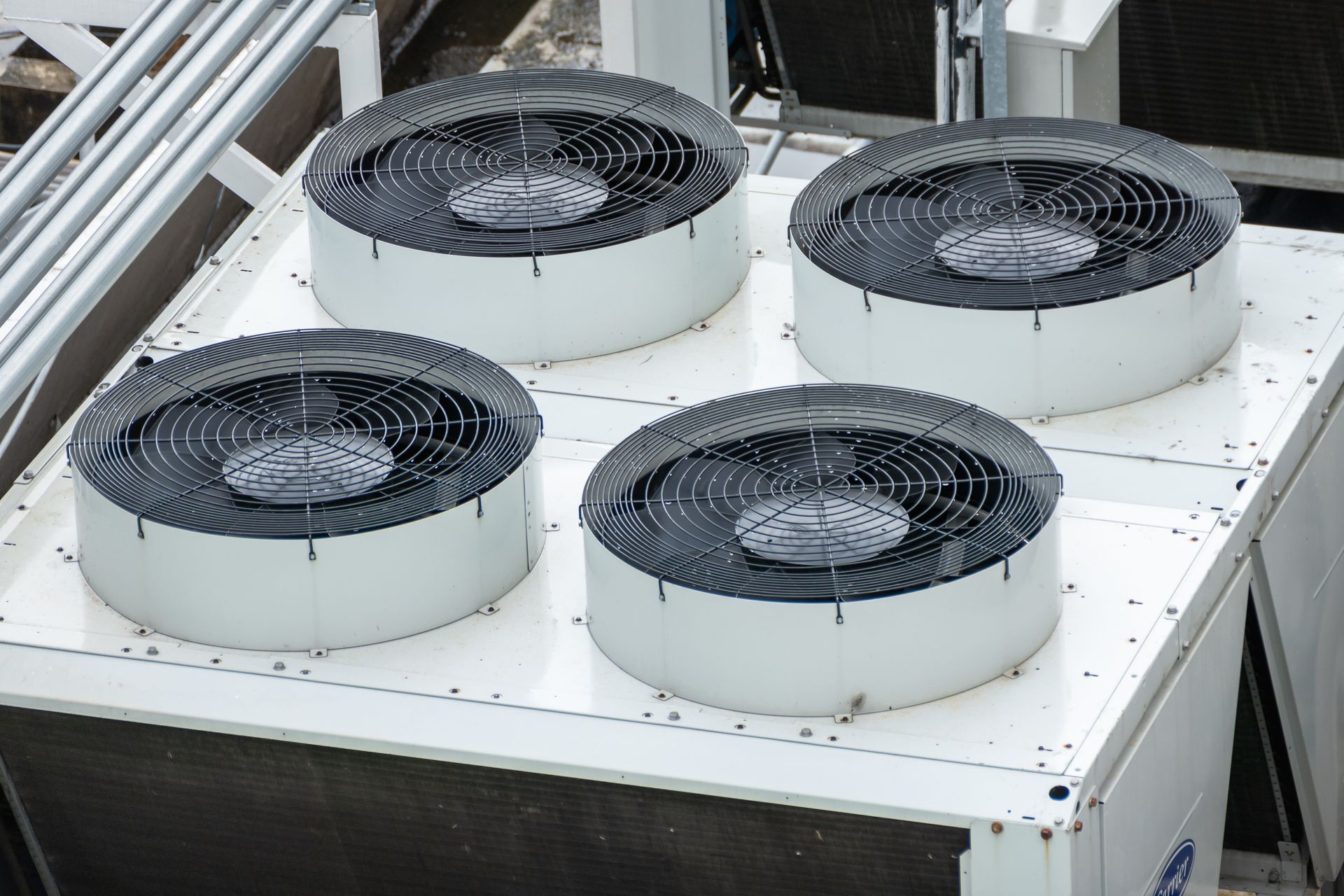How Sensor Placement Affects Commercial HVAC Accuracy
Share

Thermostats and temperature sensors act as the eyes and ears of your system. If they’re installed in the wrong spots, your building could end up fighting itself to maintain comfort. Zoned systems, especially in offices, schools and multi-use facilities, are more likely to experience temperature control issues due to poor sensor placement.
Why Sensor Placement Matters
HVAC sensors are what your system uses to determine when to run, how long to run and how much heating or cooling to deliver to each zone. If a sensor is placed near a drafty window, under direct sunlight, too close to a supply vent or in a low-traffic corner, it may give a skewed reading that triggers unnecessary system activity and causes parts of the building to become too warm or too cold.
In addition to poor climate control and comfort complaints from tenants or employees, sensor placement issues can lead to higher energy bills and accelerate wear on motors and other HVAC components.
Sensor Placement and Zoning
Zoning is a necessary feature in most commercial HVAC applications. Whether it’s an office, school, medical facility or church, there’s usually a need for different rooms or areas to have independent temperature control based on use, occupancy and exposure. Proper sensor placement is critical in commercial systems because:
- A sensor in one room may control airflow for multiple rooms or a whole hallway.
- A poorly placed sensor can cause a zone to overcool or underheat.
- If sensors are clustered or installed inconsistently, one zone may dominate the system’s behavior.
Ideally, sensors should be placed in representative, high-traffic areas that are not near exterior doors, windows or heat-generating equipment. They should reflect the average conditions of the zone they control, not the extremes.
Common Sensor Placement Mistakes
- Sensors installed too close to vents or returns, where airflow disrupts readings.
- Thermostats placed in unoccupied rooms that don’t reflect real-world use.
- Improper zoning layouts that assign too many varied spaces to a single sensor.
- Multiple sensors in one zone without clear coordination or hierarchy.
These problems are common in older systems or buildings that were renovated without updating HVAC zones or controls.
What Are the Signs of Misplaced Sensors?
If tenants, employees or customers are complaining about any of the following issues in your building, sensor placement could be part of the problem:
- Some zones always feel stuffy or overcooled.
- The system runs more often than expected.
- Occupants regularly adjust thermostats without resolving the issue.
- One part of the building seems to dictate system behavior for others.
- Your building management system (BMS) shows inconsistent temperature swings in certain areas.
Even high-efficiency equipment can struggle when it’s getting bad data from sensors.
Can Sensor Placement Be Adjusted or Corrected?
Yes, and in many cases, the fix is simpler and more affordable than you might expect. A technician can:
- Evaluate current sensor locations and adjust or relocate them.
- Calibrate sensors to account for known ambient distortions.
- Add more sensors for better zone coverage.
- Reprogram thermostats or BMS zones to better match room usage.
In some scenarios, more invasive changes may be recommended. For example, if zones are poorly defined or ductwork doesn’t match the intended zone layout, you might need to install additional dampers or reroute airflow. However, these types of modifications are usually reserved for systems with chronic airflow imbalance or major layout mismatches.
Sensor Adjustments May Be an Easy and Affordable Solution for Inconsistent Zone Control
If your building has persistent hot/cold complaints, erratic system behavior or zones that never seem to stabilize, it may not be your equipment’s fault. It might just be your sensors telling the system the wrong story.
Improper sensor placement or broken sensors are not good problems to have, but sensor issues can be more affordably fixed than failing HVAC units or serious ductwork problems. Adjusting sensor placement or adding more is a fairly easy process in most circumstances, and it can potentially lead to dramatic improvements.
The HVAC professionals at Tom’s Commercial can assess your existing sensor layout, identify misalignment with current zone usage and recommend targeted fixes that reduce strain on your system while improving comfort.
Call us at 817-857-7400 to schedule an assessment and let our experts determine how to improve the performance of your facility’s zones.

